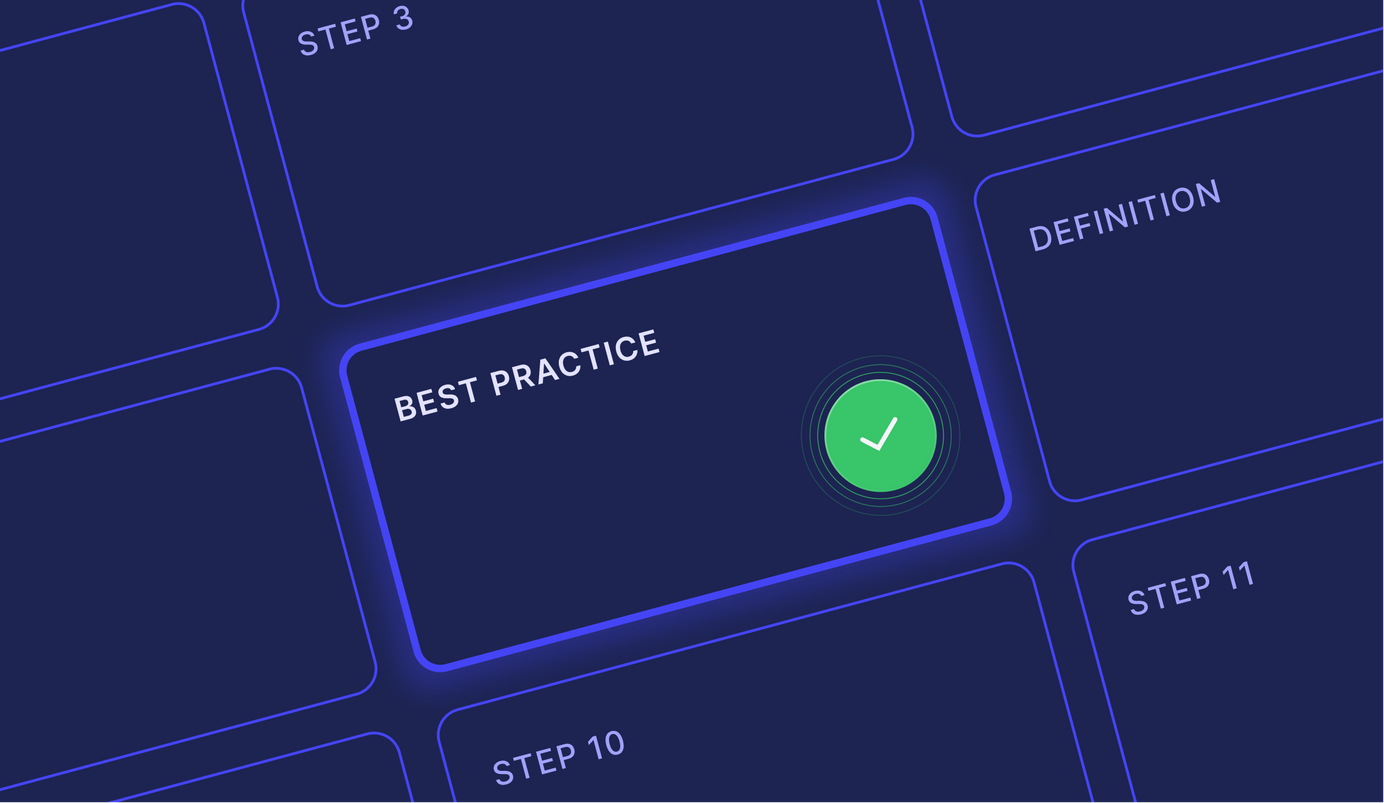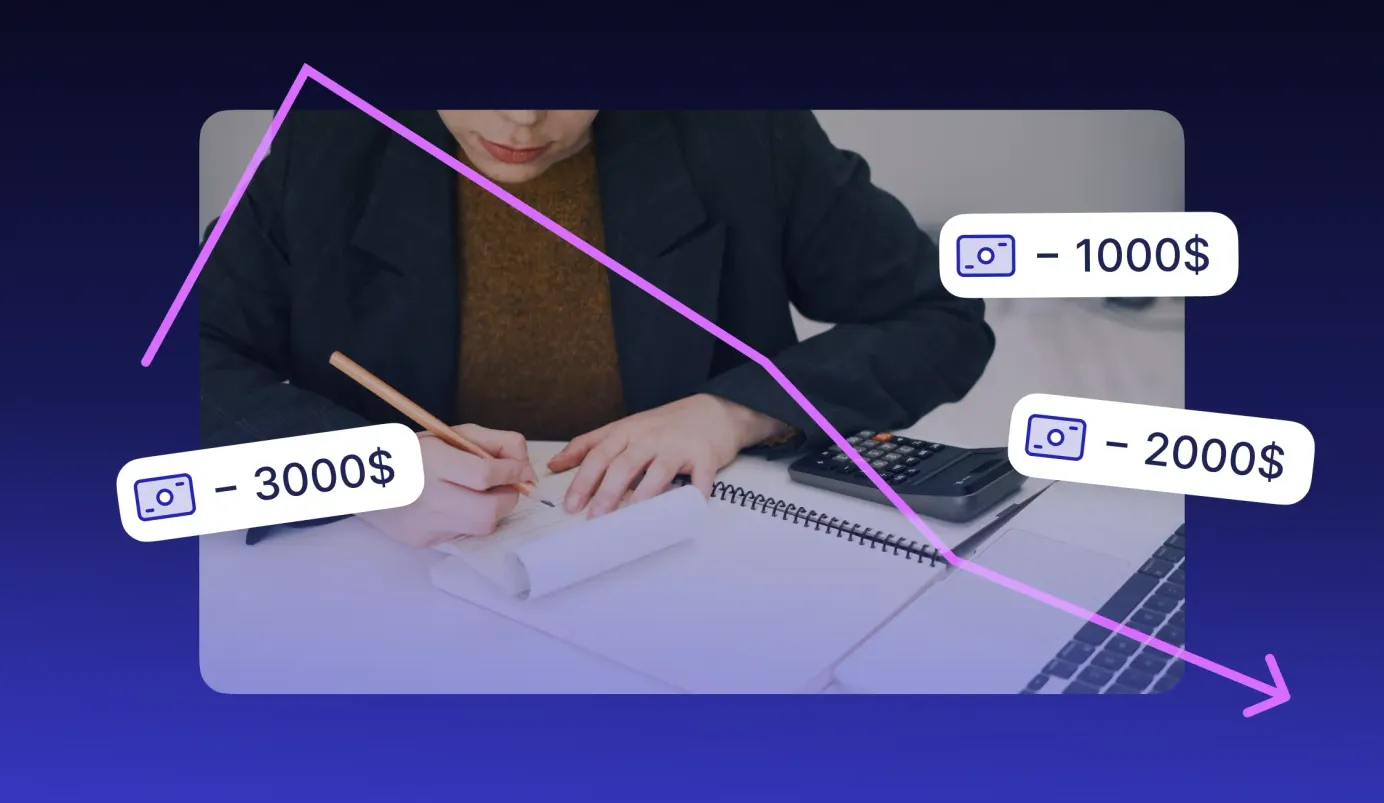
2 min read
Gantt Charts for Procurement Projects
A Gantt chart is a powerful tool that can be used to plan, schedule, and track procurement projects. This type of chart provides a visual representation of the project timeline and can be used to identify potential risks and issues.
Gantt charts can be used for both simple and complex procurement projects. In this blog post, we will provide an overview of how to create a Gantt chart for your next procurement project.
How to Create a Gantt Chart for Your Procurement Project
- Define the scope of the project.
- Identify the key milestones and tasks.
- Estimate the time required for each task.
- Assign responsibility for each task.
- Create the Gantt chart using a software program or online tool.
- Use the Gantt chart to track progress and identify potential risks and issues.
- Update the Gantt chart as needed throughout the project lifecycle.
- Share the Gantt chart with stakeholders on a regular basis.
- Celebrate your success upon completion of the project!
When to use Gantt Charts
Gantt charts can be used in procurement to manage the procurement process and ensure that all stakeholders are aware of the status of procurements. By tracking the progress of tasks and milestones, Gantt charts help procurement managers avoid surprises and ensure that all deliverables are met on time and within budget.
Additionally, Gantt charts can be used to track supplier performance and identify potential issues.
Gantt charts can also be used to track the progress of individual tasks within a procurement. For example, if a procurement manager is responsible for procuring office supplies, they can use a Gantt chart to track the progress of each task, from identifying suppliers to negotiating contracts.
This helps procurement managers stay organized and ensure that all tasks are completed on time.
Conclusion:
Gantt charts are an essential tool for any procurement professional who wants to plan, schedule, and track their projects effectively. By taking the time to create a Gantt chart at the beginning of your project, you will be able to stay on track and avoid potential pitfalls along the way.
Gantt charts are a valuable tool for procurement managers. By tracking the progress of tasks and milestones, Gantt charts help procurement managers avoid surprises and ensure that all deliverables are met on time and within budget.
Additionally, Gantt charts can be used to track supplier performance and identify potential issues. If you're not using Gantt charts in your procurement process, you're missing out on a valuable tool.









